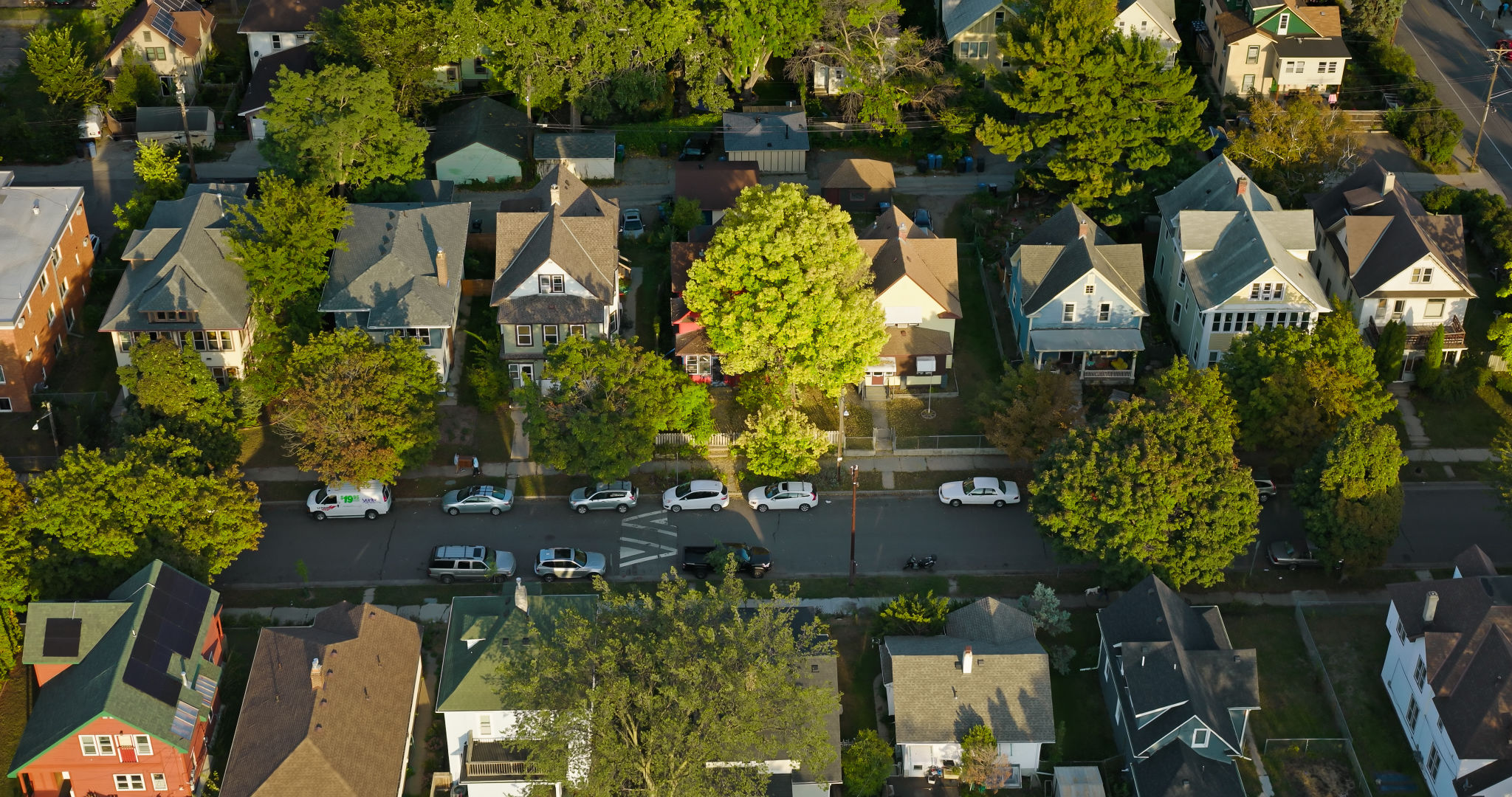Navigating Local Regulations for Drone Photography in Palm Coast
Understanding the Basics of Drone Regulations
Drones have become an increasingly popular tool for photographers, offering new perspectives and stunning aerial shots. However, when operating a drone in Palm Coast, Florida, it's crucial to be aware of local regulations to ensure compliance and safety. Understanding the rules can help you avoid fines and ensure that your photography sessions go smoothly.
The Federal Aviation Administration (FAA) governs all drone flights in the United States, but local governments often have additional regulations. In Palm Coast, specific rules apply that photographers must follow to legally operate a drone. These regulations address safety concerns and protect both public and private property.

Registering Your Drone
The first step for any drone operator is registration. If your drone weighs more than 0.55 pounds, the FAA requires you to register it. This process is straightforward and can be done online through the FAA’s website. The registration is valid for three years and must be renewed accordingly.
After registration, it is important to display the registration number on your drone. Failure to do so can result in significant fines. Keeping this number visible ensures that authorities can identify your drone in case of any incidents or regulatory checks.
Local Ordinances and No-Fly Zones
Palm Coast has specific no-fly zones that drone operators need to be aware of. These areas include government buildings, schools, and certain public spaces where privacy and security are priorities. Additionally, flying over people or moving vehicles is generally prohibited unless specific permission is granted.
To ensure compliance, always check local maps and resources that highlight these restricted areas. Staying informed about any temporary flight restrictions is also crucial, as these can change due to events or emergency situations.

Obtaining Necessary Permits
For commercial drone photographers, acquiring the necessary permits is essential. The FAA requires a Part 107 certificate for any commercial use of drones. This involves passing a knowledge test that covers airspace regulations, weather, and other critical topics.
In addition to the federal certificate, Palm Coast may require additional permits for certain locations or events. Always contact local authorities or event organizers to confirm whether special permissions are needed for your specific project.
Best Practices for Safe Drone Operation
Safety should always be a top priority when operating a drone. Keep your drone within your line of sight at all times and avoid flying higher than 400 feet above ground level. Additionally, refrain from flying in adverse weather conditions such as high winds or rain.
It's also wise to inform nearby individuals of your intentions before flying your drone. This not only ensures their comfort but also allows you to address any concerns they may have about privacy or safety.

Staying Updated with Regulation Changes
Drone regulations are continually evolving as technology advances and new safety concerns arise. Keeping up with changes in both federal and local ordinances is crucial for responsible drone operation.
Joining local drone enthusiast groups or forums can be a valuable way to stay informed about regulation updates and share experiences with other photographers. These communities often share insights into best practices and any changes in the legal landscape.
Conclusion: Embracing Responsible Drone Photography
Navigating local regulations for drone photography in Palm Coast may seem daunting at first, but with careful research and preparation, it becomes manageable. By following the guidelines set by both the FAA and local authorities, you can enjoy the creative freedom of drone photography while ensuring safety and legality.
Ultimately, responsible drone operation not only protects you from legal issues but also helps maintain the reputation of drone enthusiasts and photographers in the community. Embrace these regulations as part of your creative process, allowing you to focus on capturing stunning aerial imagery responsibly.